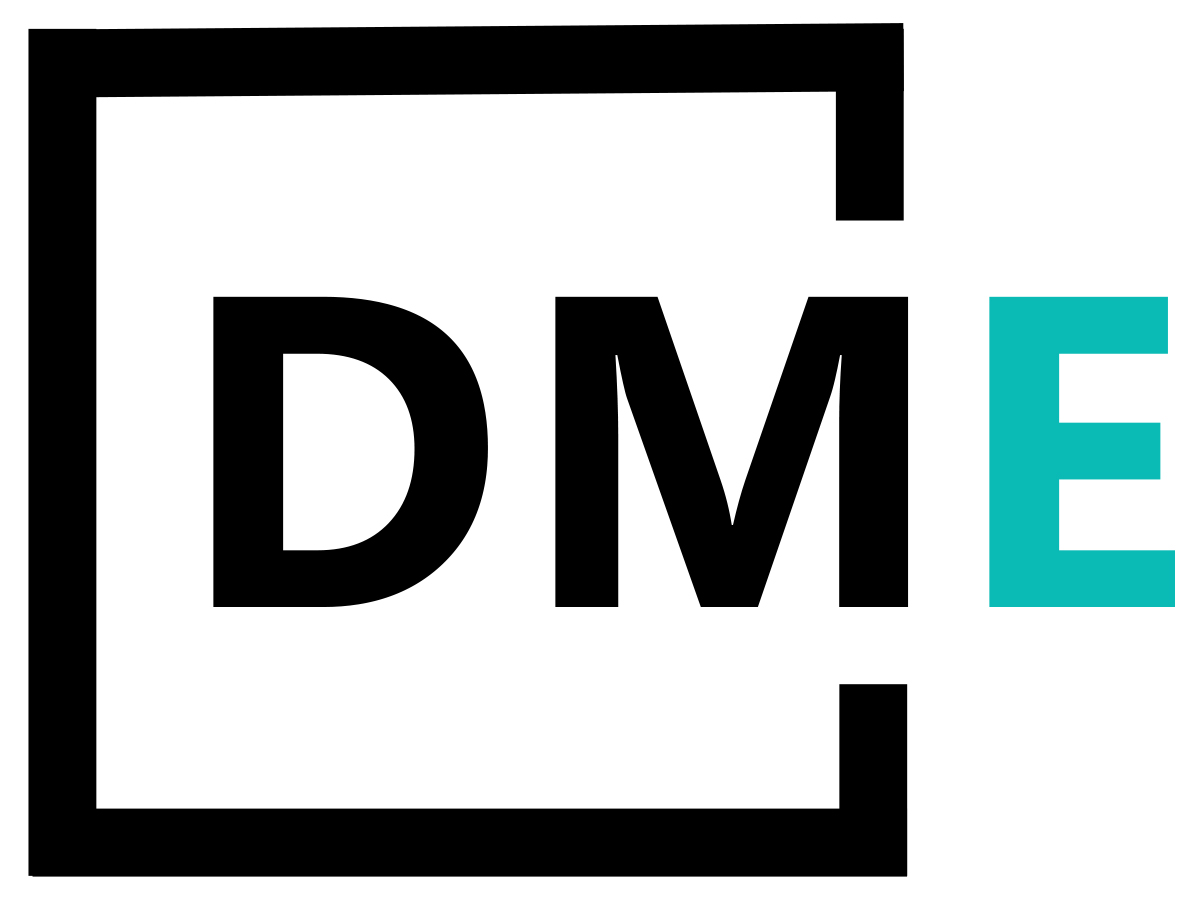How to grow your online sales and leads using sales funnels Webinar
What is a sales funnel?
A sales funnel describes the steps someone takes to become your customer. The sales funnel applies whether you have a brick-and-mortar store or sell online. It consists of three parts:
Top of the sales funnel: The marketing strategies that attract prospects to your business are at the top of the sales funnel. For example, your physical storefront advertising or your website’s landing page are at the top of the sales funnel.
Middle of the sales funnel: The middle of the funnel involves all elements of your sales cycle before the sale. For example, people trying on clothing in your store or website visitors reading about your products’ benefits are in the middle of the sales funnel.
Bottom of the sales funnel: The bottom of the funnel is the final purchase. For example, when customers pay for products at checkout or when website customers enter their credit card information to complete
What are the 4 stages of the sales funnel?
Prospects will pass through four sales funnel stages ranging from when they first learn about your product or service until they purchase (or don’t purchase). The four stages represent a prospect’s mindset; each requires a different messaging approach.
You can remember the sales funnel’s four stages using the acronym AIDA:
Awareness
Interest
Decision
Action
Awareness
The first sales funnel stage is when someone becomes aware of your product or service.
Awareness may arise when someone encounters your advertising, learns about your brand on social media or hears feedback from friends or family via word-of-mouth advertising. Additionally, a prospect may discover your business via a Google search or by reading your business blog.
If the timing is right, the prospect might become a customer immediately by clicking a link and buying your product or entering your business and making a purchase. However, you’ll likely have to convince the prospect to visit your store or website ― or contact you by phone or email ― to engage with your business.
Interest
The second stage of the sales funnel is interest. The prospect now knows about your company, brand and products or services. They’ve decided to evaluate it based on their interest level.
At this stage, it’s crucial to utilize a content strategy by publishing excellent content that informs and educates the prospect but doesn’t overtly sell to them. If you become too pushy or aggressive with your sales approach during this stage, you could turn off the prospect and compel them to leave. Your content should demonstrate your expertise and help the prospect make an informed decision.
Decision
Decision is the third sales funnel stage. The customer is ready to buy and may consider several options before purchasing. They’ll compare pricing, packages and other factors to find the best option.
At this stage, you should make your best offer. For example, you might provide free shipping, a discount code, an online coupon or a bonus product when they place their order. The key is to make the offer irresistible so the prospect will move forward and choose your offer.
Your content can boost customer engagement and help compel the prospect to make a decision. Sales pages, webinars or phone conversations can also help turn prospects into customers.
Action
Action is the final sales funnel stage. The prospect becomes a customer by purchasing your product or service (or they decide to leave without purchasing). If the customer makes a purchase, they are part of your company’s ecosystem.
Although the sale is complete, the process never ends. Your goal is to focus on customer retention strategies so customers make ongoing or future purchases. Building customer loyalty is vital. For example, thank the customer for the purchase, ask them to provide feedback, offer after-purchase support, invite them to sign up for your newsletter or enroll them in a customer loyalty program for rewards.
How do you build a sales funnel?
Creating a sales funnel is essential for moving prospects from initial contact to final sale. After creating a sales funnel, you can track prospects’ behavior and engagement at each stage to determine where they are in the sales funnel and see how well it works.
There are many ways to create a sales funnel and different businesses and industries have various sales funnel types. However, most have essential elements in common.
